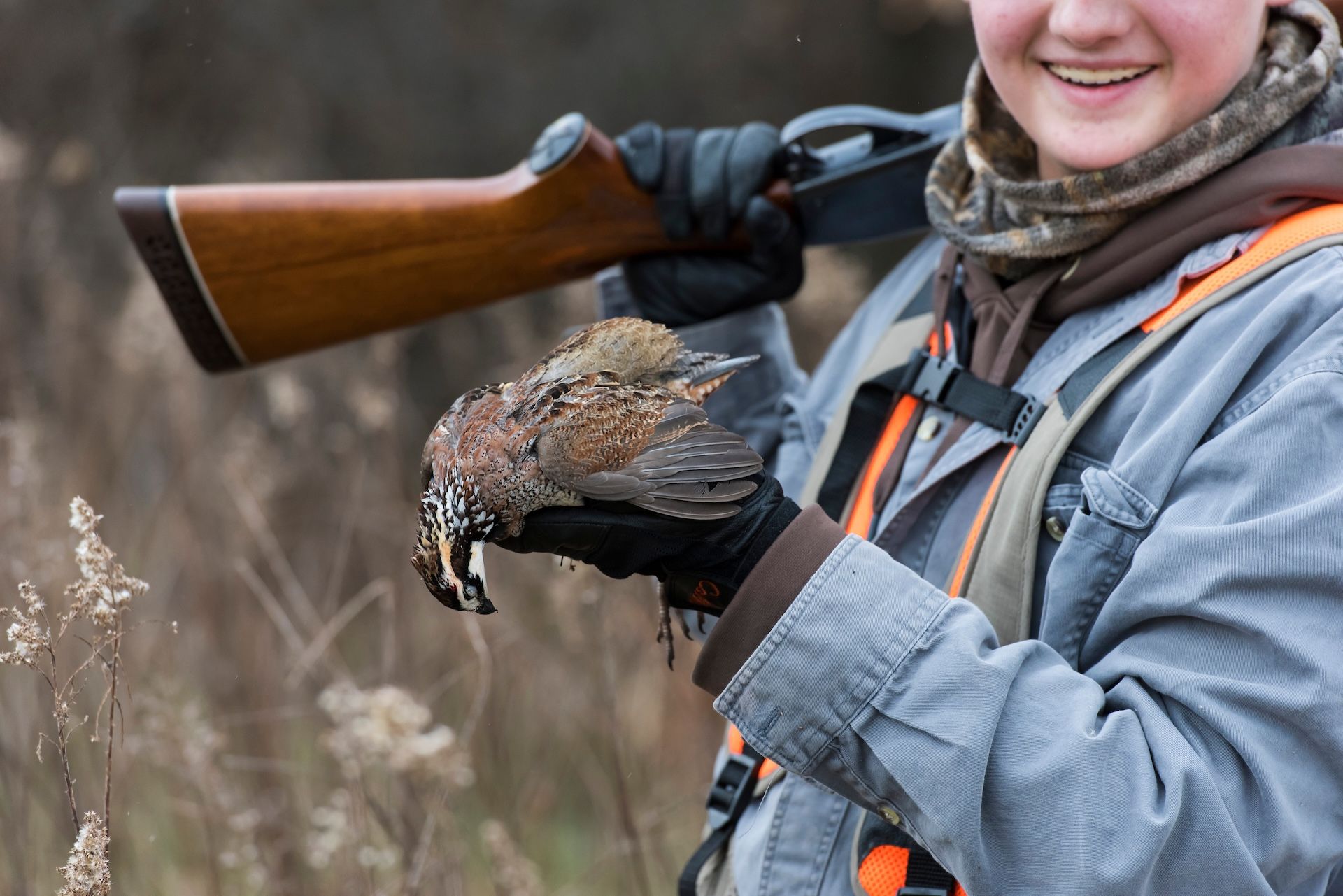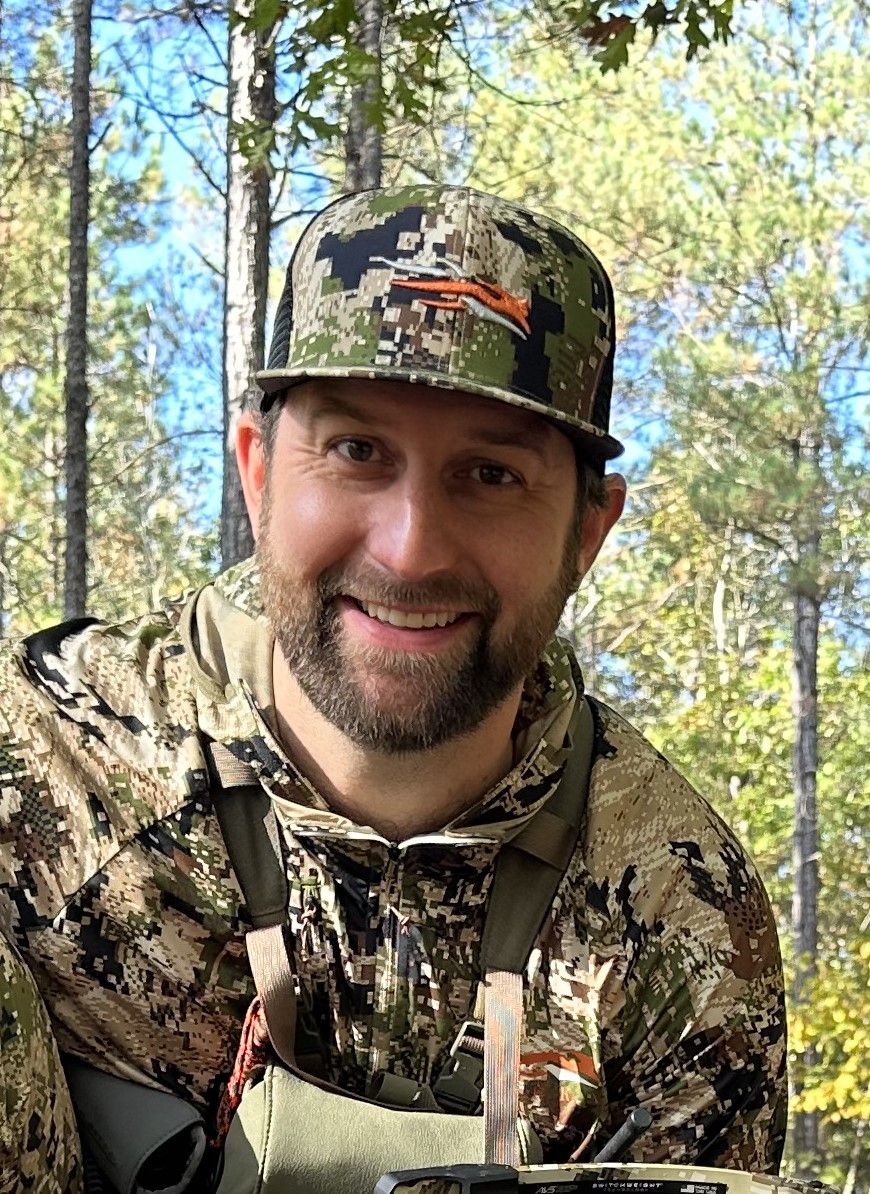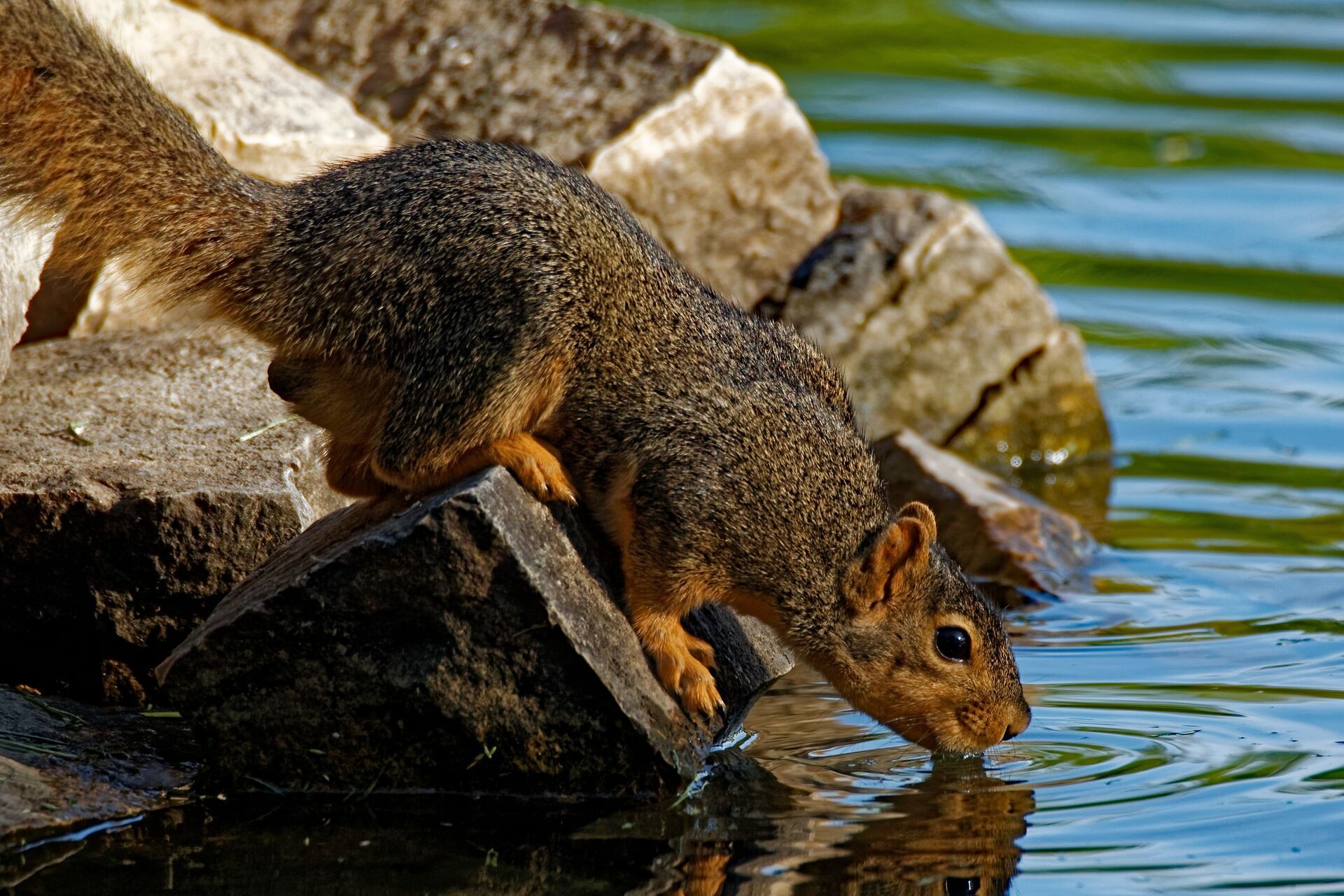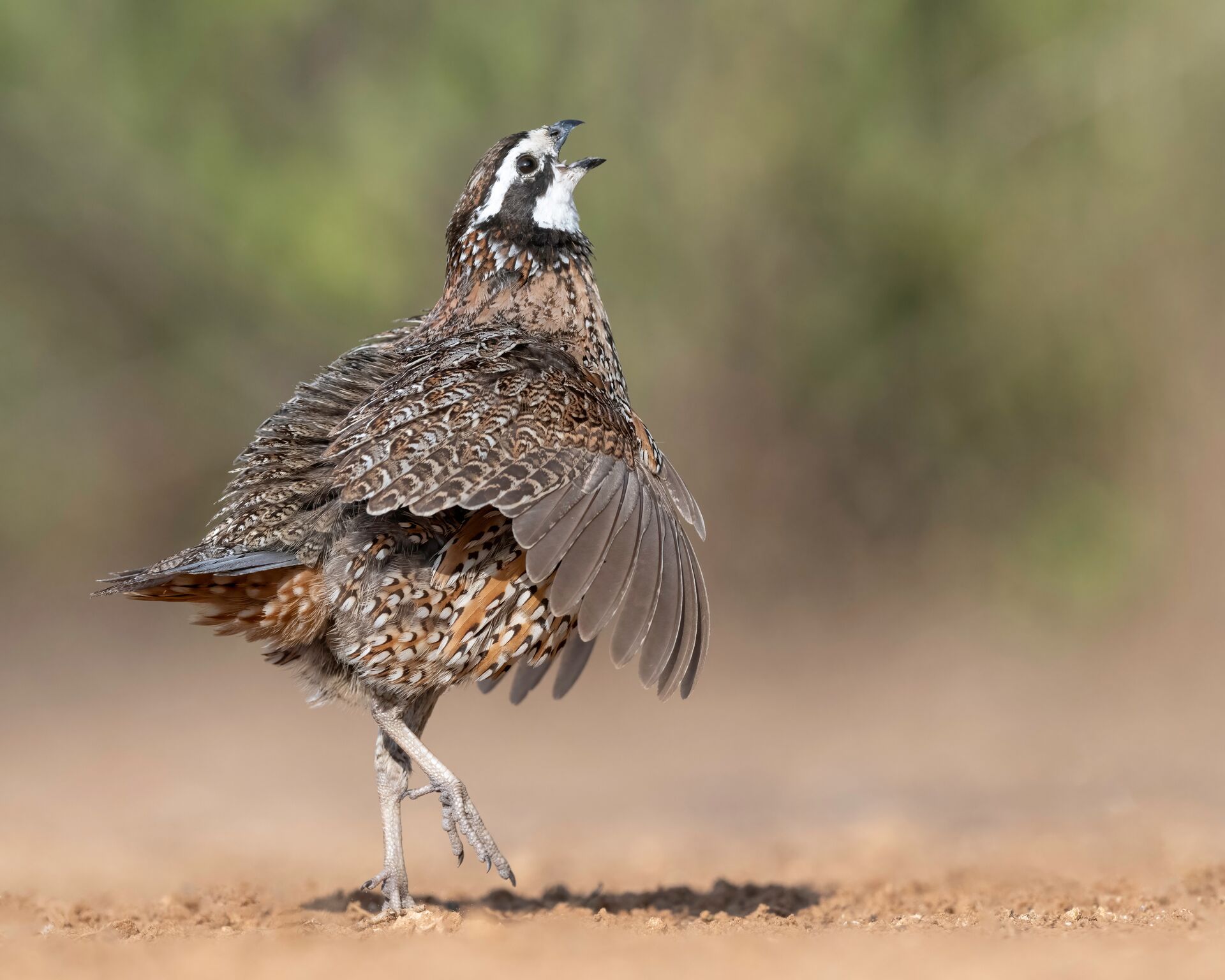We don't want that to happen! So, let's talk about a few things you should know about quail hunting.
I'll go through them at a high level and share an idea of what a quail hunting day looks like, including gear, tips for driving and decoying quail, and preparation work for a successful hunt.
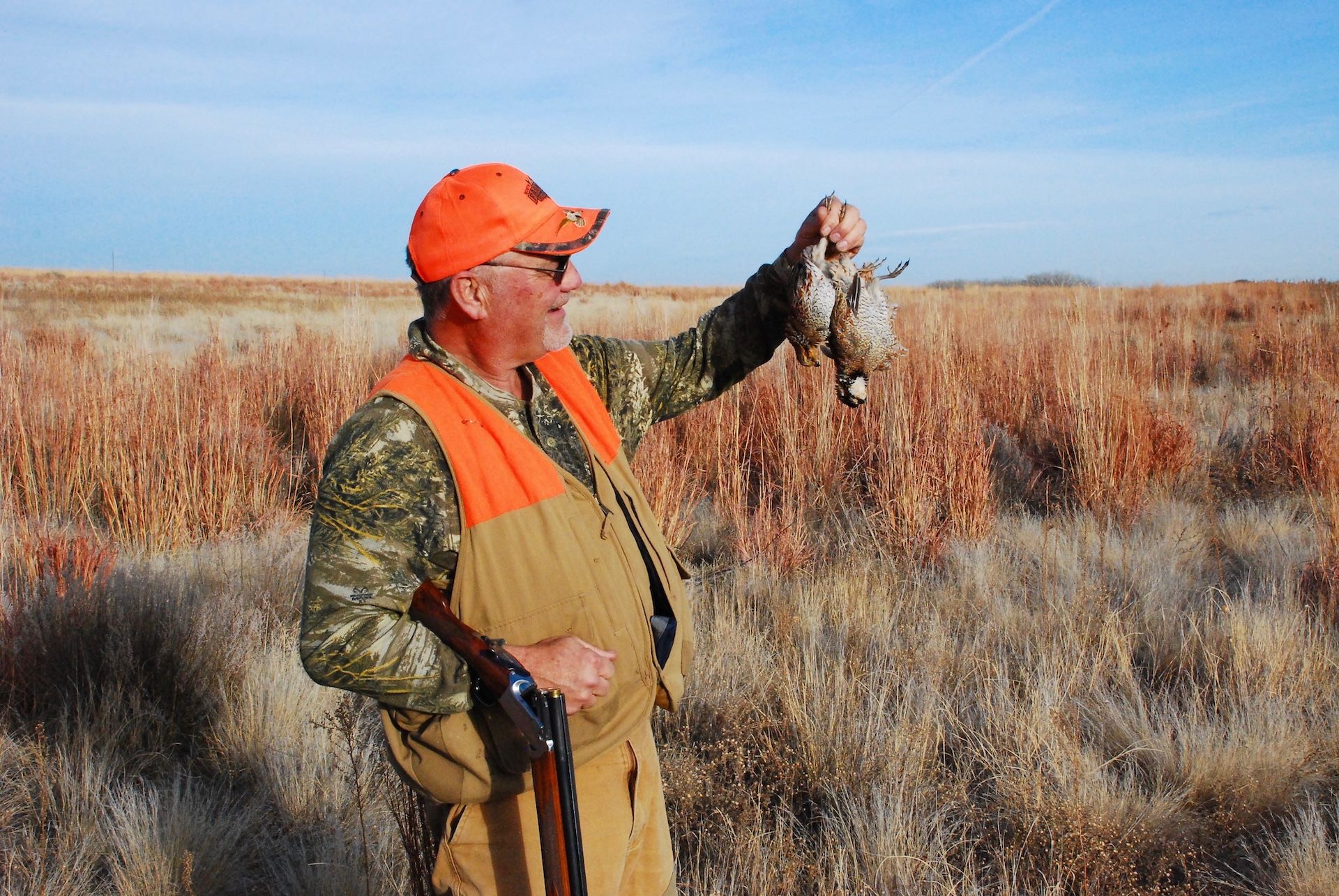
What is the Best Way to Hunt Quail?
What makes upland hunting different from other bird hunts, and what do you need for a hunt? First, you'll want a reliable shotgun and either a vest or shell bag to make reloading easy.
You'll also want the right choke for your shotgun. I recommend starting with an improved cylinder and modified chokes. This gives you the option for an open pattern for close-up targets being flushed and a tighter pattern for farther shots.
If you choose to use a double-barreled shotgun, then you can utilize both chokes for initial and follow-up shots. I rotate between a Stevens 20-gauge side-by-side, inherited from my father, and a Beretta 686 12-gauge.
The most common shot size used for quail hunts can be either No. 6 or No. 8. I've used 7 1/2 too, but prefer the former for better results.
Gear Tip: As for clothing, bring boots and pants that can handle thick brush.
What Do Quail Dogs Do?
Quail hunting with dogs is an excellent way to help you have a more successful hunt.
Well-trained bird dog or a team of dogs to help with pointing and flushing while upland hunting are what make the day so special. Getting to see them work is rewarding, and you get to see how much they love being in the field.
Some common breeds you will see include the Brittany, Boykin Spaniel, English Springer Spaniel, and German Shorthaired Pointer. These breeds excel at flushing and pointing when driving and decoying quail. Labrador Retrievers (a personal favorite) and Vizslas are also popular for retrieving.
A well-trained team of dogs really makes hunting fun, and it's a wonderful way to spend time with them.
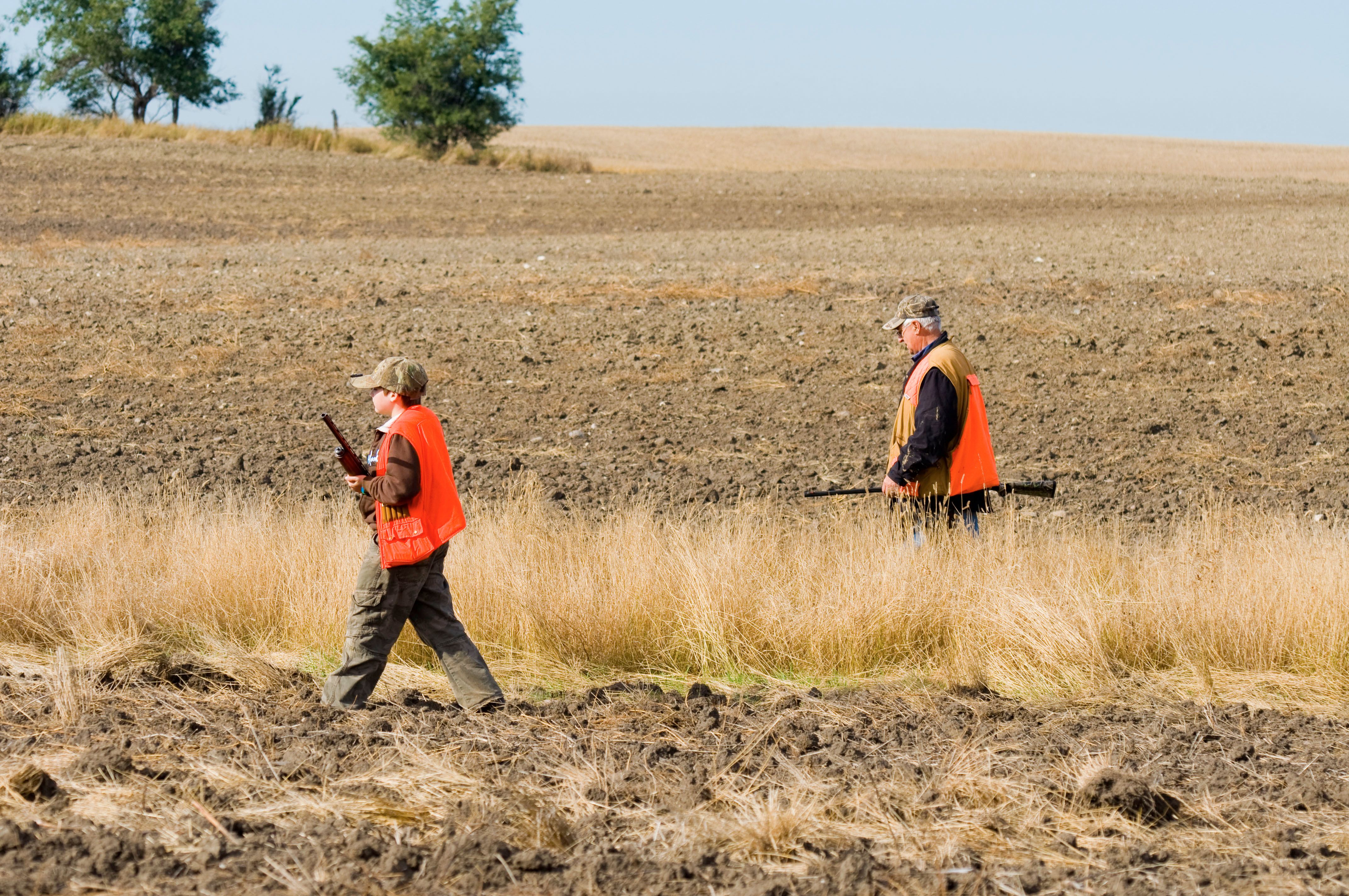
Tips for Driving and Decoying Quail
Now, let's get into the hunt and how to approach the day, as well as different methods of upland bird hunting.
Starting the day early, after a quick breakfast, is key since quail also feed early. The late afternoon is also an option if you aren't a morning person, but why not hunt both with a BBQ lunch in between? Quail begin the day looking for food, and an early hunt is your chance to listen to and locate them.
How Do You Locate a Covey of Quail?
Finding the birds can be tough on a wild hunt, but you can use HuntWise to map fields, mark covey locations, and keep track of a productive habitat.
Leave the edges of fields untrimmed or cut lanes in tall grass to create habitat for coveys. If you have control of the land, then dedicate a few acres to developing a sustainable habitat.
As you scout, take note of any signs such as droppings, dusting spots, and tracks. If you live in an area where you have wild quail, then you'll find birds in secure areas with vegetation that provides concealment from predators.
Quail love mostly undisturbed areas with diverse plant life comprised of various grasses close to areas where two habitats connect. We call this an "edge."
You might also see quail on farm roads where the sound of a side-by-side or car can kick them up.
Do You Need Decoys?
Upland hunting is an active hunt, and you will not be using any decoys, like when hunting doves or ducks.
When learning how to flush quail, you want to be quiet and move steadily to avoid kicking the birds up before you can get on top of them. Look to your pointing dogs to go on point, and position your group with clear shooting lanes before sending in a flushing dog.
It is helpful to have a handler for the dogs so the shooters can focus on the birds.
Then, when the birds take flight, they fly in all directions. It can get chaotic! You won't have a lot of time to react, so make sure you have defined shooting lanes.
You may even kick up a covey without your pointer going on alert. Be ready and keep the dogs safe.
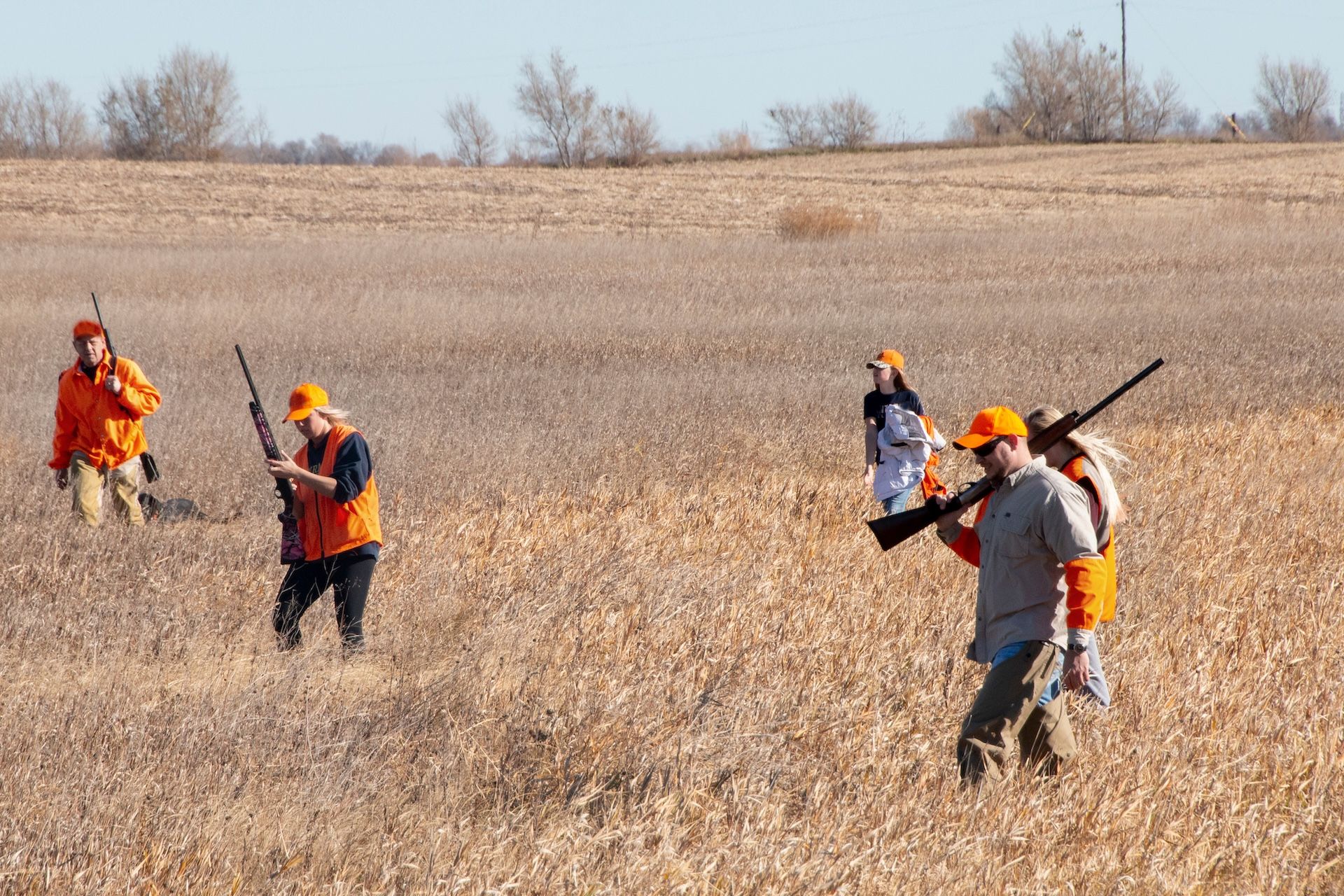
Hunt Quail Without Dogs
If you don't have access to dogs, then you'll have to rely on listening for covey calls in the morning and afternoon. It will also be helpful if someone takes the role of beater. They will need a sturdy stick to kick the quail out of the brush, encouraging them to take flight.
Remember: Quail don't necessarily want to fly. If they feel confident in their cover, they will "hold tight" and dig in.
Commercial Hunts
Commercial hunts are also available, and many outfitters will use pen-raised birds to ensure action. They will also commonly provide a team of dogs.
A commercial hunt is a good way to familiarize yourself with quail hunts.
Driven Hunts
Another style of upland hunting method is a driven hunt.
In a driven hunt, volunteers called "beaters" will form a line across a field with sticks, flags, and clappers. They move through areas of dense cover to flush quail while using the tools to push birds towards the shooters.
Safety is always the highest priority during every hunt (especially a driven hunt with so many people in the field). So make sure everyone is wearing the proper blaze orange attire for their role.
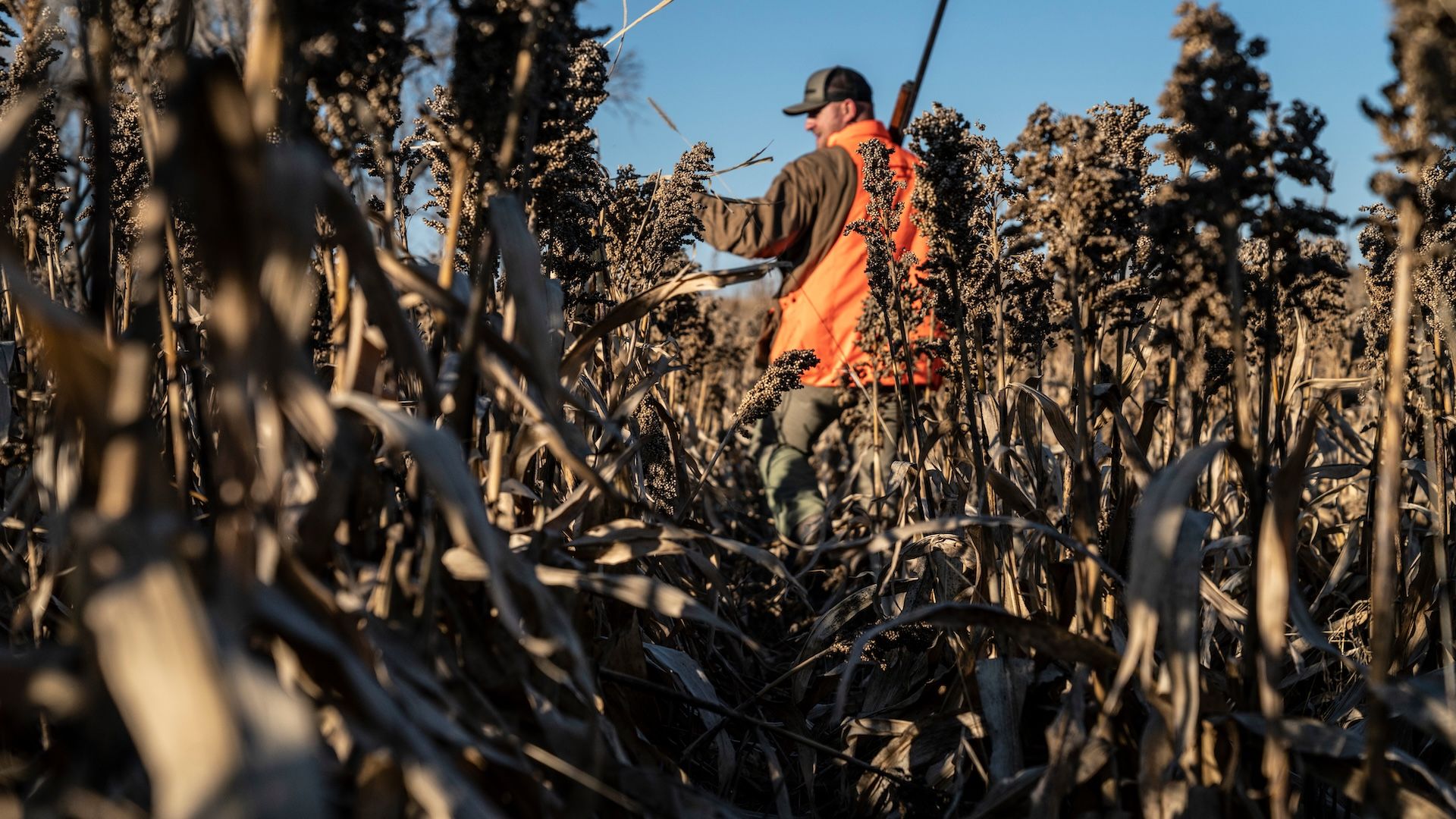
Use These Quail Hunting Tips and HuntWise for Better Bird Hunts
Whether you’re hunting wild coveys or heading out on a guided trip, HuntWise helps you map fields, track covey flushes, and plan shooting lanes. You can also use HuntCast to track the best days and times for your dove hunt!
Download the app before the season begins in your area and make your next quail hunt your most successful adventure yet!
We'll give you your first week in the app free.
